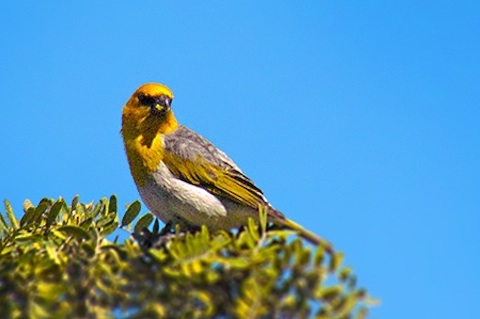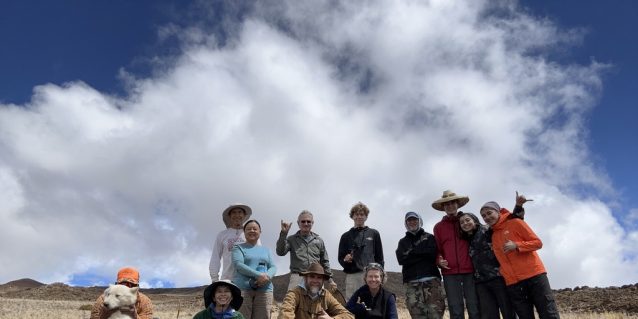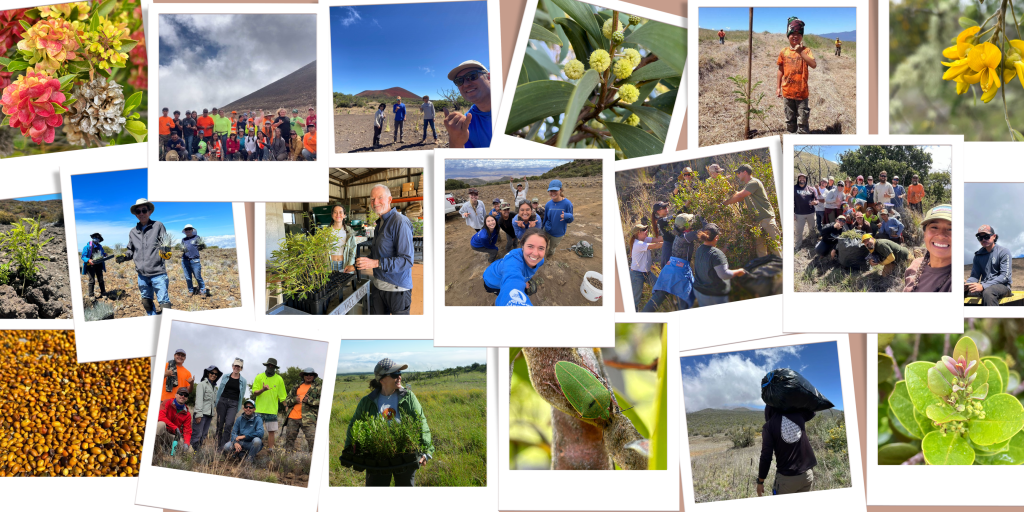Palila

Learn all about Palila—Mauna Kea's famous feathery inhabitant.


High up on the slopes of one of the tallest mountains in the world is a distinct forest that occurs nowhere else on earth and is home to spectacular native plants and animals, including the critically endangered palila. MKFRP is working hard to maintain this jewel for future generations, and this website will share the story with you. Aloha mai nei!
Not many people are familiar with what a Palila is and why they are worth saving. That’s because these rare birds live in remote and rugged terrain that few people ever visit. Watch this 30-second Public Service Announcement to learn all about them.